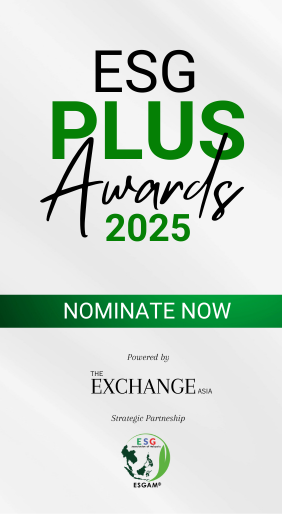KUALA LUMPUR: The first-of-its-kind comprehensive generational spending report on Gen Z – which makes up 25% (2 billion) of the world’s population, revealed that their global spending power is projected to reach US$12 trillion (RM56.53 trillion) by 2030.

This potentially makes them the wealthiest generation in every region of the world and are set to be the youngest generation to overtake Boomer spending by then and are expected to contribute over US$9 trillion (RM42.39 trillion) in global spending by 2034, more than any other generation.
According to a statement, the ‘Spend Z’ report uncovers precisely what companies seeking to secure pathways to growth need to urgently and intimately understand about Gen Z, including their preferences, spending habits, values, priorities as well as how and where they shop.
The takeaways from the report also unveiled that Gen Z demands authenticity as they are more interested in authentic relationships with influencers and brands. ‘Being true to yourself’ is the number one ranked description of success for the generation, globally.
In addition, their in-store purchases make up almost 50% of their share of dollars and is higher than every generation before them, even though Gen Z begins their shopping journey online, ranks online reviews from other shoppers as the most important factor when shopping and is heavily influenced by social media.
Gen Z will become the highest consumer spending class in many regions and 30% of the global workforce in 2030, whereby North America, Europe and Asia Pacific (APAC) will continue to dominate the majority of spending with APAC becoming increasingly important.
Additionally, the report finds that overall Gen Z is health conscious and sustainable and responding to that, NIQ also expects NIQ Better For, a classification leveraging the company’s proprietary algorithm to identify brands through produce characteristics, positioning, sales and distribution, products to continue to grow faster than conventional products.
This category includes products that are ‘better for’ the consumer, the environment and society currently small brands are younger generations driving 62% of the growth in this category.
— BERNAMA






